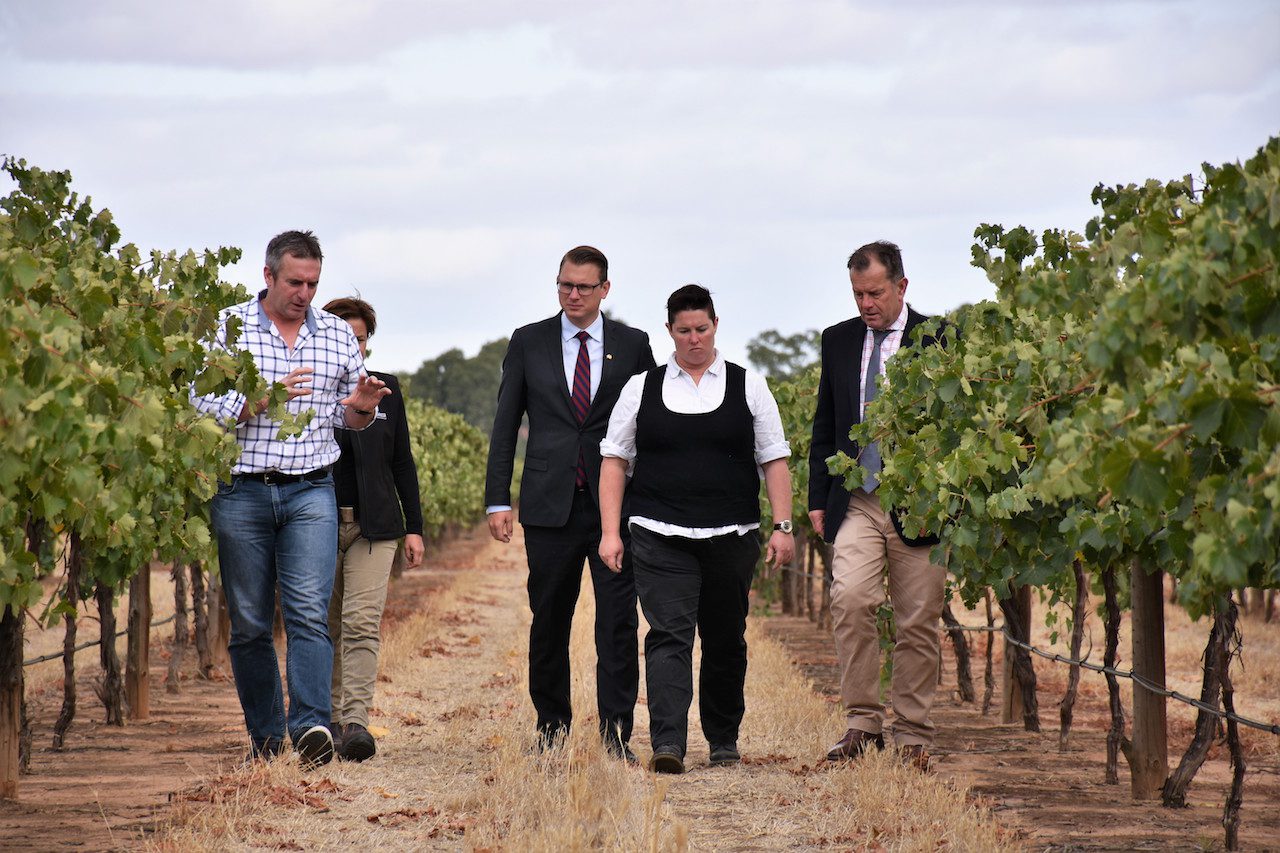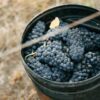
The question of whether smoke from stubble burning has any effect on winegrapes will be tested as part of new research being conducted in South Australia’s wine regions.
The Marshall Liberal Government has provided $60,000 in funding to support this research, which will be carried out by the University of Adelaide with assistance of the Australian Wine Research Institute (AWRI).
Minister for Primary Industries and Regional Development Tim Whetstone said a lot of research has gone into the impact on wine taste of smoke from major bushfires and controlled public forest burns, but there is little analysis as to whether low intensity stubble fires have any lasting impact.
“During autumn, graingrowers will start their autumn burn programs which may sometimes coincide with the presence of unharvested grapes still being on the vine for winemakers,” said Minister Whetstone.
“The grains and wine sectors are two primary industry superpowers in South Australia and it is important they are each able to co-exist without detriment to the other.
“Stubble burning is a long-accepted agricultural practice to wipe out weeds, seeds and snails after harvest and before sowing.
“Stubble burning is not as prevalent as it once was but remains an important tool in the grain production system, setting the land up for the planting of winter crops.”
Member for Schubert Stephan Knoll said grapegrowers and winemakers are seeking reassurance paddock burns will not impact their quality wines and grain producers want to know they can safely clean their paddocks without affecting neighbouring farms.
“Previous research has focused on taint from thick and lingering smoke caused by bushfires and controlled burns. This unique research will involve a series of field and winemaking trials to discover the sensitivity of grapes to smoke from low intensity crop stubble burns,” he said
“The study will also seek to determine the exact point when smoke loses its potency to wine grapes.”
Barossa Grape & Wine Association (BGWA) viticultural development officer Nicki Robins said the findings from the research will help better understand the potential effects of stubble burning activities on grape growers in South Australia.
“South Australia’s wine regions have a reputation of producing world-class wine, so we’re pleased to see the State Government funding research that will help to mitigate any risk of losing that,” she said.
Stephan Knoll said: “We had an issue with stubble burning post-Pinery (fire), leading in to vintage 2016.
“There were concerns from both sides, with grapegrowers and farmers contacting me. The potential effect of stubble burning is more of an issue when vintage is late, and farmers need to burn before commencing seeding (generally from Anzac Day on).
“The risk of taint can’t be underestimated, and I’m pleased the State Government is investing in detailed analysis which will enable the wine and cropping industries to make more informed decisions while working alongside one another.”
Dr Mark Krstic, business development manager at the AWRI, said the research will reveal more information about the ideal conditions for stubble burning that will diminish any unintended risks of damage to grape and wine production.
“From our previous research on smoke taint, we know there are certain factors at play like smoke drift distance, type of smoke, time of day for burning, seasonal conditions, and wind speed,” he said.
“We hope to be able to refine this through further research and give both the wine and grains industries enough information to make sound decisions when they are considering the needs of their own business, as well as their neighbours.”
The smoke taint research project is funded from the State Government’s $1.8 million South Australian Wine Industry Development Scheme.













Recent Comments